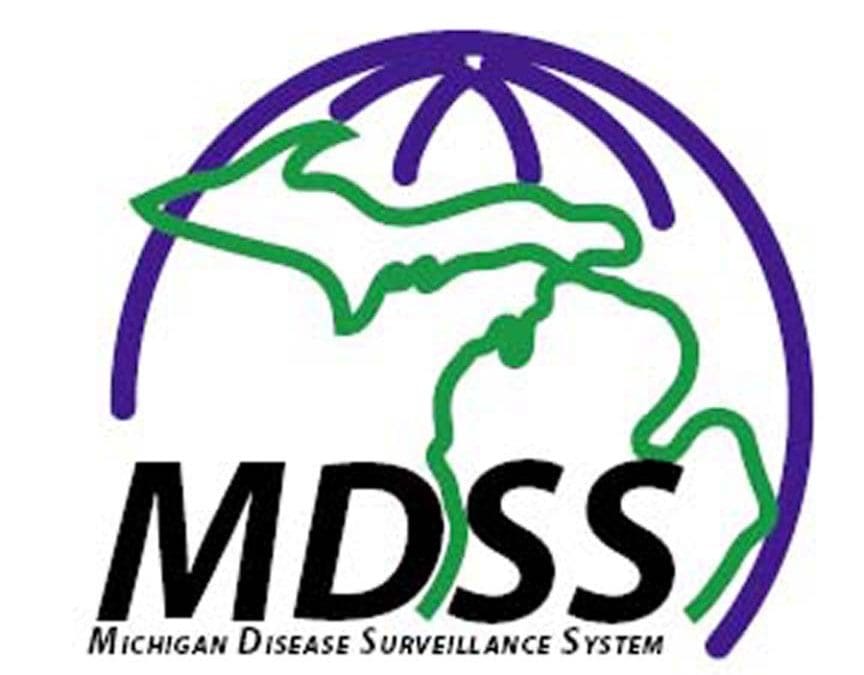Author: Tiffany Henderson, MPH, Michigan Department of Health and Human Services
Unbeknownst to me in 2004, as a junior at the University of Michigan just starting to understand public health, a team of epidemiologists at the Michigan Health Department was working on launching the Michigan Disease Surveillance System (MDSS). The MDSS would become Michigan’s secure, electronic database serving as the primary mechanism for public health communicable disease reporting, case follow-up, and analysis, facilitating increased coordination among local, state, and federal public health agencies.
When I joined the Michigan Department of Health and Human Services (MDHHS) in 2009 in between the waves of the H1N1 pandemic, I was astonished by the sheer amount of real, communicable disease data within this system. Not only would I analyze these data for my work-related reports, but I would get to share the information with my public health colleagues on how to use the system through providing countless MDSS trainings to healthcare providers and health departments.
As background, the MDHHS publishes an annual list of reportable diseases. By law, physicians, laboratories, schools, camps, and child daycares must report to their local health department the suspected or confirmed existence of any disease on the list or the unusual occurrence or outbreak of any disease that threatens public health. Other individuals (e.g., epidemiologists, infection preventionists, and veterinarians) are also authorized to report. Much of the initial reportable disease data is submitted as encrypted messages using electronic laboratory reporting (ELRs) from clinical, commercial, and reference laboratories, although providers and health departments are able to enter individual cases manually.
Data in MDSS can be viewed simultaneously by state and local public health to facilitate public health coordination and data management. Once a case is referred into the MDSS, public health will investigate using disease-specific protocols, often obtaining provider notes, and conducting patient interviews. While individual case investigation is a critical part of public health, cumulatively, these data are analyzed and shared with healthcare providers, public health, and the public to inform policy and provide timely communicable disease information. Within MDSS, data are available via programmed reports and raw data exports. This allows health departments to provide public use data on diseases such as COVID-19 and monkeypox, as well as a weekly surveillance report on all diseases in MDSS. Since 2004, the MDSS system has updated continuously to reflect the growing needs of local, state, and federal public health agencies. The informatics team that keeps MDSS on the cutting edge ensured that the system could accept the overwhelming referrals experienced during the COVID-19 pandemic. As a reference, from 2015-2019, MDSS received a yearly average of 232,800 ELRs. In 2020-2021, MDSS received a yearly average of 16,564,989 ELRs, over 70 times what was received pre-COVID. From 2019 to 2020, MDSS experienced a 2,364% increase in referrals. In addition to all other communicable diseases, MDSS accepted referrals of all COVID-19 cases, the required public health investigations, and the analyses allowing public health practitioners to demonstrate the impact of the pandemic in Michigan. As an infectious disease epidemiologist, MDSS is a tool I use every day but never take for granted.
Resources:

